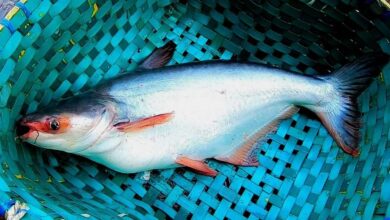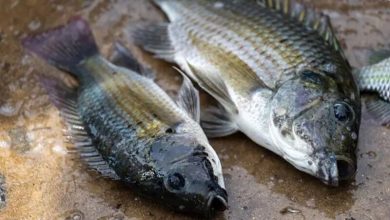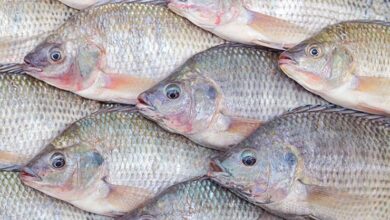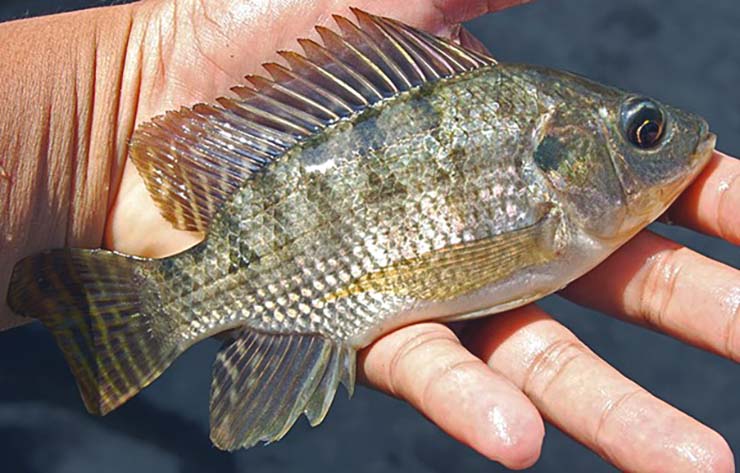
The Nile tilapia (Oreochromis niloticus) is considered the third most significant fish for aquaculture among freshwater species. According to FAO, globally 4.4 million tons of Nile tilapia are produced, accounting for 9 percent of the overall production of key aquaculture species.
In 1980’s the tilapia aquaculture sector faced numerous problems such as low productivity, reduced performance, and insufficient seed availability. To solve these problems, WorldFish, the International Center for Living Aquatic Resources Management or ICLARM, collaborated with partners from the Philippines and Norway to develop a breed of Nile tilapia that is suited for both small-scale and commercial aquaculture. In 1988, the Genetically Improved Farmed Tilapia (GIFT) strain was developed, which contributed to the success of this species today.
Worldwide numerous Continuous breeding efforts focusing on production qualities such as growth rate and weight of the Nile tilapia are ongoing. These relentless efforts are directly responsible for its immense success. The improved growth rate and weight are governed by the development of exceptional strains of this fish.
The Genetically Improved Farmed Tilapia (GIFT) program, led by the research institute WorldFish (CGIAR), has led to the development of one of the elite strains found today. WorldFish’s Genetically Improved Farmed Tilapia (GIFT) initiative is now globally dispersed with an aim to spread these strains. However, A high-quality reference genome is important for accelerating the creation of the GIFT strain through genomic selection. But, in the past, this remarkable outcome had been achieved through selective breeding and without a complete reference genome.
This year however, the first complete, high-quality reference genome for a genetically enhanced tilapia strain has been discovered by the scientists.
Dr. Wilfried Haerty, study author and group leader at the Earlham Institute, stated, “A reference genome gives a complete, annotated catalog of all the genes in an organism. This essential resource is the foundation of contemporary breeding operations. WorldFish, which is in charge of continuing GIFT development, can now use the reference genome as a starting point for breeding beneficial traits.”
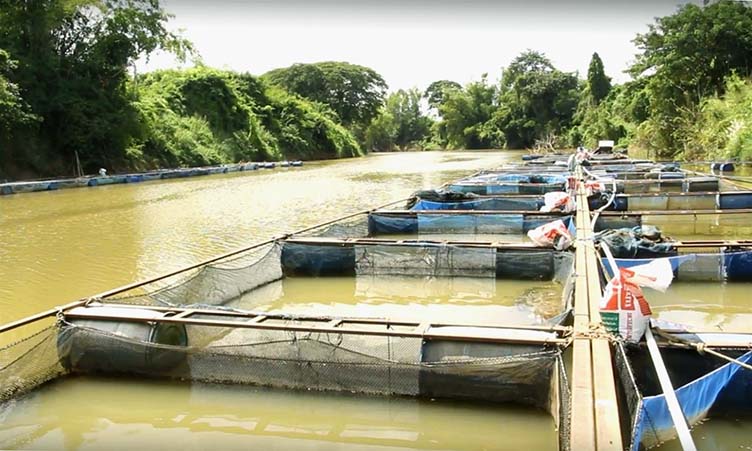
In order to expedite the generation of superior GIFT strains via genomic selection, researchers from the Earlham Institute and Roslin Institute collaborated to establish a nearly complete and high-quality reference genome.
Researchers from the Earlham Institute created a chromosome-level genome assembly for GIFT using a combination of short- and long-read sequencing techniques. This was supplemented by a linkage map created by the Roslin Institute. The genome was then annotated using an innovative technique developed by the Swarbreck Group at the Earlham Institute.
The GIFT strain originated from a combination of commercial and wild Nile tilapia strains, as well as hybridization with other species. Using the genomes of closely-related species, such as Oreochromis mossambicus and Oreochromis aureus, they were able to determine the amount to which genetic material may have traveled between species in the past, as well as identify the specific places in the GIFT genome.
Dr. Haerty remarked, “We have created a chromosome-level assembly of the GIFT strain. Characterizing its mixed origin and the probable contributions to future development, we think it may help to bring revolution in the genetic sector. This will also provide researchers with the knowledge required to confidently build new programs. We now know that the currently accessible reference genomes which may be adequate for further research into elite strains.”
The remarkable discovery may contribute to the improvement of food security for billions around the globe. Experts suggest that the reference genome will help in the GIFT development thus improving the livelihoods of farmers and meeting the demand for protein.
Jaber Bin Abdul Bari
Department of Oceanography, NSTU

